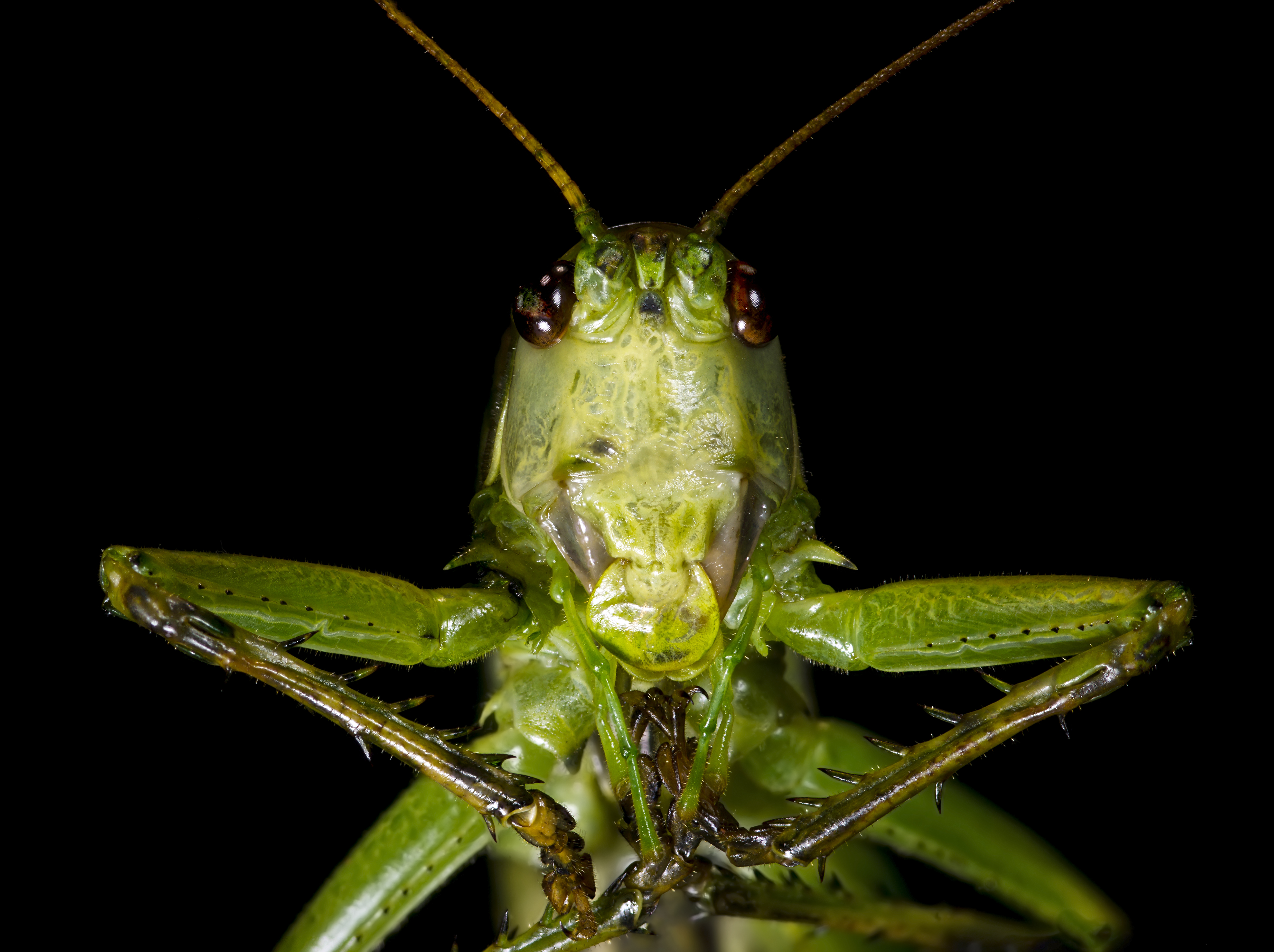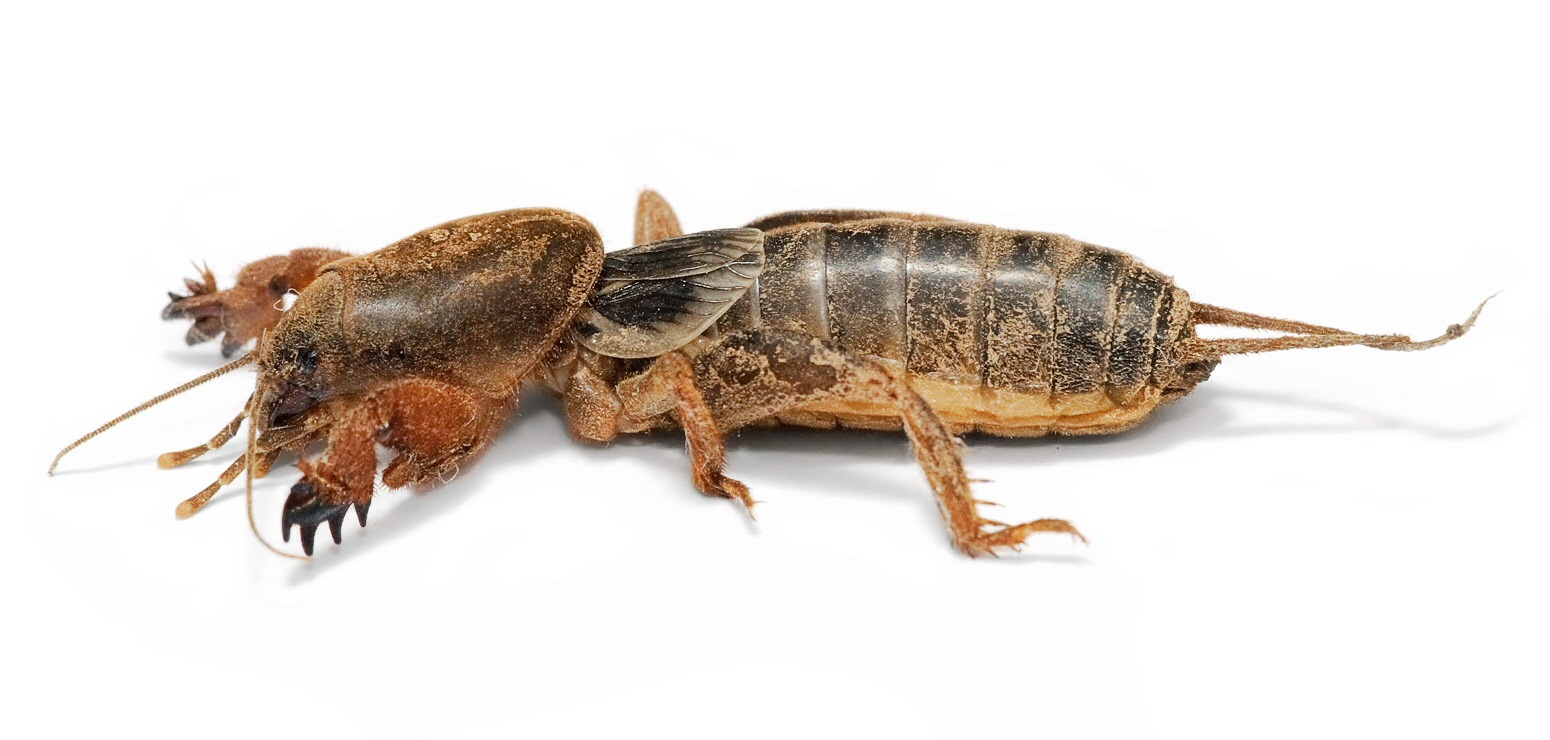|
Siliquofera
''Siliquofera'' is a monotypic genus of bush crickets in the subfamily Phyllophorinae. The ''Orthoptera species file'' includes only one species ''Siliquofera grandis'', which Blanchard named in 1853, originally placing it the genus ''Phyllophora''.Blanchard E (1853) In Hombron & Jacquinot d. ''Voyage au Pole Sud et dans l' Océanie sur les Corvettes l' Astrolabe et la Zélée exècuté par ordre du roi pendant les années 1837-1838-1839-1840'' 364. English names names have included the "hooded bush cricket" and "giant katydid" indicating its size and the shape of the pronotum. This insect is sometimes kept in captivity, surviving on food plants such as bramble, but the species originates from New Guinea; the type locality was described as "Hollandia" (Jayapura Jayapura (formerly Dutch: ''Hollandia'') is the capital and largest city of the Indonesian province of Papua. It is situated on the northern coast of New Guinea island and covers an area of . The city borders ... [...More Info...] [...Related Items...] OR: [Wikipedia] [Google] [Baidu] |
Phyllophorinae
The PhyllophorinaeStål C (1874) ''Recensio Orthopterorum. Revue critique des Orthoptères décrits par Linné, De Geer et Thunberg 2 Locustina'': 4. is a subfamily of the bush crickets or katydids, found in east Malesia to Australia (with a record from Sri Lanka). Genera The Orthoptera Species File lists the following: # '' Hyperhomala'' Serville, 1831 # '' Microsasima'': ''M. stueberi'' de Jong, 1972 # '' Parasasima'': ''P. elegans'' Willemse, 1955 # ''Phyllophora'' Thunberg, 1815 # '' Phyllophorella'' Karny, 1924 # '' Phyllophorina'' Karny, 1924 # ''Sasima Sasima ( grc, Σάσιμα) was a town of ancient Cappadocia and in the late Roman province of Cappadocia Secunda, located 24 Roman miles to the south of Nazianzus. Its site is located near Hasanköy, Asiatic Turkey. History Sasima is mention ...'' Bolívar, 1903 # '' Sasimella'' Karny, 1924 # '' Sasimoides'' Karny, 1924 ''S. spinosissima'' Karny, 1924 # '' Siliquofera'' Bolívar, 1903 ''S. grandis'' (Blanchard, 18 ... [...More Info...] [...Related Items...] OR: [Wikipedia] [Google] [Baidu] |
Monotypic Genus
In biology, a monotypic taxon is a taxonomic group (taxon) that contains only one immediately subordinate taxon. A monotypic species is one that does not include subspecies or smaller, infraspecific taxa. In the case of genera, the term "unispecific" or "monospecific" is sometimes preferred. In botanical nomenclature, a monotypic genus is a genus in the special case where a genus and a single species are simultaneously described. In contrast, an oligotypic taxon contains more than one but only a very few subordinate taxa. Examples Just as the term ''monotypic'' is used to describe a taxon including only one subdivision, the contained taxon can also be referred to as monotypic within the higher-level taxon, e.g. a genus monotypic within a family. Some examples of monotypic groups are: Plants * In the order Amborellales, there is only one family, Amborellaceae and there is only one genus, '' Amborella'', and in this genus there is only one species, namely ''Amborella trichopoda.' ... [...More Info...] [...Related Items...] OR: [Wikipedia] [Google] [Baidu] |
Tettigoniidae
Insects in the family Tettigoniidae are commonly called katydids (especially in North America), or bush crickets. They have previously been known as "long-horned grasshoppers". More than 8,000 species are known. Part of the suborder Ensifera, the Tettigoniidae are the only extant (living) family in the superfamily Tettigonioidea. They are primarily nocturnal in habit with strident mating calls. Many species exhibit mimicry and camouflage, commonly with shapes and colors similar to leaves. Etymology The family name Tettigoniidae is derived from the genus '' Tettigonia'', first described by Carl Linnaeus in 1758. In Latin ''tettigonia'' means a kind of small cicada, leafhopper; it is from the Greek τεττιγόνιον ''tettigonion'', the diminutive of the imitative ( onomatopoeic) τέττιξ, ''tettix'', cicada. All of these names such as ''tettix'' with repeated sounds are onomatopoeic, imitating the stridulation of these insects. The common name ''katydid'' is also on ... [...More Info...] [...Related Items...] OR: [Wikipedia] [Google] [Baidu] |
Phyllophora (katydid)
''Phyllophora''Thunberg (1815) ''Mem. Acad. Imp. Sci. St. Peterburg'' 5:215, 219, 286 is a genus of large bush crickets typical of the subfamily Phyllophorinae The PhyllophorinaeStål C (1874) ''Recensio Orthopterorum. Revue critique des Orthoptères décrits par Linné, De Geer et Thunberg 2 Locustina'': 4. is a subfamily of the bush crickets or katydids, found in east Malesia to Australia (with a re .... Species have been recorded from: Sri Lanka, peninsular Malaysia, Malesia and Australia. Species The ''Orthoptera Species File'' lists: # '' Phyllophora acuminata'' Karny, 1924 # '' Phyllophora aequifolia'' Karny, 1924 # '' Phyllophora angustata'' Brunner von Wattenwyl, 1898 # '' Phyllophora bidentata'' Karny, 1924 # '' Phyllophora bispinosa'' Karny, 1924 # '' Phyllophora boschmai'' de Jong, 1964 # '' Phyllophora brunnea'' Kirby, 1899 # '' Phyllophora cheesmanae'' de Jong, 1972 # '' Phyllophora dubia'' Karny, 1924 # '' Phyllophora eburneiguttata'' Kirby, 1899 # '' Phyllo ... [...More Info...] [...Related Items...] OR: [Wikipedia] [Google] [Baidu] |
Pronotum
The prothorax is the foremost of the three segments in the thorax of an insect, and bears the first pair of legs. Its principal sclerites (exoskeletal plates) are the pronotum ( dorsal), the prosternum ( ventral), and the propleuron ( lateral) on each side. The prothorax never bears wings in extant insects (except in some cases of atavism), though some fossil groups possessed wing-like projections. All adult insects possess legs on the prothorax, though in a few groups (e.g., the butterfly family Nymphalidae) the forelegs are greatly reduced. In many groups of insects, the pronotum is reduced in size, but in a few it is hypertrophied, such as in all beetles (Coleoptera). In most treehoppers (family Membracidae, order Hemiptera), the pronotum is expanded into often fantastic shapes that enhance their camouflage or mimicry. Similarly, in the Tetrigidae, the pronotum is extended backward to cover the flight wings, supplanting the function of the tegmina. See also * Glossary o ... [...More Info...] [...Related Items...] OR: [Wikipedia] [Google] [Baidu] |
Bramble
A bramble is any rough, tangled, prickly shrub, usually in the genus ''Rubus'', which grows blackberries, raspberries, or dewberries. "Bramble" is also used to describe other prickly shrubs, such as roses (''Rosa'' species). The fruits include blackberries, arctic brambleberries, or raspberries, depending on the species, and are used to make jellies, jams, and preserves. In British English, bramble usually refers to the common blackberry, ''Rubus fruticosus''. ''R. fruticosus'' grows abundantly in all parts of the British Isles, and harvesting the fruits in late summer and autumn is often considered a favourite pastime. An especially hardy plant, bramble bushes can also become a nuisance in gardens, sending down strong suckering roots amongst hedges and shrubs and being particularly resilient against pruning. Many consider ''R. fruticosus'' a weed due its tendency to grow in neglected areas and its sharp, tough thorns, which can be hazardous to children and pets ... [...More Info...] [...Related Items...] OR: [Wikipedia] [Google] [Baidu] |
New Guinea
New Guinea (; Hiri Motu: ''Niu Gini''; id, Papua, or , historically ) is the world's second-largest island with an area of . Located in Oceania in the southwestern Pacific Ocean, the island is separated from Australia by the wide Torres Strait, though both landmasses lie on the same continental shelf. Numerous smaller islands are located to the west and east. The eastern half of the island is the major land mass of the independent state of Papua New Guinea. The western half, known as Western New Guinea, forms a part of Indonesia and is organized as the provinces of Papua, Central Papua, Highland Papua, South Papua, Southwest Papua, and West Papua. The largest cities on the island are Jayapura (capital of Papua, Indonesia) and Port Moresby (capital of Papua New Guinea). Names The island has been known by various names: The name ''Papua'' was used to refer to parts of the island before contact with the West. Its etymology is unclear; one theory states that ... [...More Info...] [...Related Items...] OR: [Wikipedia] [Google] [Baidu] |
Jayapura
Jayapura (formerly Dutch: ''Hollandia'') is the capital and largest city of the Indonesian province of Papua. It is situated on the northern coast of New Guinea island and covers an area of . The city borders the Pacific Ocean and Yos Sudarso Bay to the north, the sovereign state of Papua New Guinea to the east, Keerom Regency to the south, and Jayapura Regency to the west. With a population of 398,478 according to the 2020 census, Jayapura is the most populous city in the entire island of New Guinea, surpassing Port Moresby, the national capital of Papua New Guinea. It is also the fastest-growing city in Indonesia, with the population increasing by 55.23% since the previous census in 2010. The official estimate as at mid 2021 was 404,004. Jayapura is the fourth largest city by economy in Eastern Indonesia—after Makassar, Denpasar, and Manado—with an estimated 2016 GDP at Rp19.48 trillion. As of 2017, it is also the second-most expensive Indonesian city to li ... [...More Info...] [...Related Items...] OR: [Wikipedia] [Google] [Baidu] |
Orthoptera Of Asia
Orthoptera () is an order of insects that comprises the grasshoppers, locusts, and crickets, including closely related insects, such as the bush crickets or katydids and wētā. The order is subdivided into two suborders: Caelifera – grasshoppers, locusts, and close relatives; and Ensifera – crickets and close relatives. More than 20,000 species are distributed worldwide. The insects in the order have incomplete metamorphosis, and produce sound (known as a "stridulation") by rubbing their wings against each other or their legs, the wings or legs containing rows of corrugated bumps. The tympanum, or ear, is located in the front tibia in crickets, mole crickets, and bush crickets or katydids, and on the first abdominal segment in the grasshoppers and locusts. These organisms use vibrations to locate other individuals. Grasshoppers and other orthopterans are able to fold their wings (i.e. they are members of Neoptera). Etymology The name is derived from the Greek ὀρθός ... [...More Info...] [...Related Items...] OR: [Wikipedia] [Google] [Baidu] |
Ensifera Genera
Ensifera is a suborder of insects that includes the various types of crickets and their allies including: true crickets, camel crickets, bush crickets or katydids, grigs, weta and Cooloola monsters. This and the suborder Caelifera (grasshoppers and their allies) make up the order Orthoptera. Ensifera is believed to be a more ancient group than Caelifera, with its origins in the Carboniferous period, the split having occurred at the end of the Permian period. Unlike the Caelifera, the Ensifera contain numerous members that are partially carnivorous, feeding on other insects, as well as plants. ''Ensifer'' is Latin for "sword bearer", and refers to the typically elongated and blade-like ovipositor of the females. Characteristics Characteristics shared by the two orthopteran suborders, Caelifera and Ensifera, are the mouthparts adapted for biting and chewing, the modified prothorax, the hind legs modified for jumping, the wing shape and venation, and the sound-producing strid ... [...More Info...] [...Related Items...] OR: [Wikipedia] [Google] [Baidu] |
Monotypic Orthoptera Genera
In biology, a monotypic taxon is a taxonomic group ( taxon) that contains only one immediately subordinate taxon. A monotypic species is one that does not include subspecies or smaller, infraspecific taxa. In the case of genera, the term "unispecific" or "monospecific" is sometimes preferred. In botanical nomenclature, a monotypic genus is a genus in the special case where a genus and a single species are simultaneously described. In contrast, an oligotypic taxon contains more than one but only a very few subordinate taxa. Examples Just as the term ''monotypic'' is used to describe a taxon including only one subdivision, the contained taxon can also be referred to as monotypic within the higher-level taxon, e.g. a genus monotypic within a family. Some examples of monotypic groups are: Plants * In the order Amborellales, there is only one family, Amborellaceae and there is only one genus, ''Amborella'', and in this genus there is only one species, namely ''Amborella trichopod ... [...More Info...] [...Related Items...] OR: [Wikipedia] [Google] [Baidu] |





